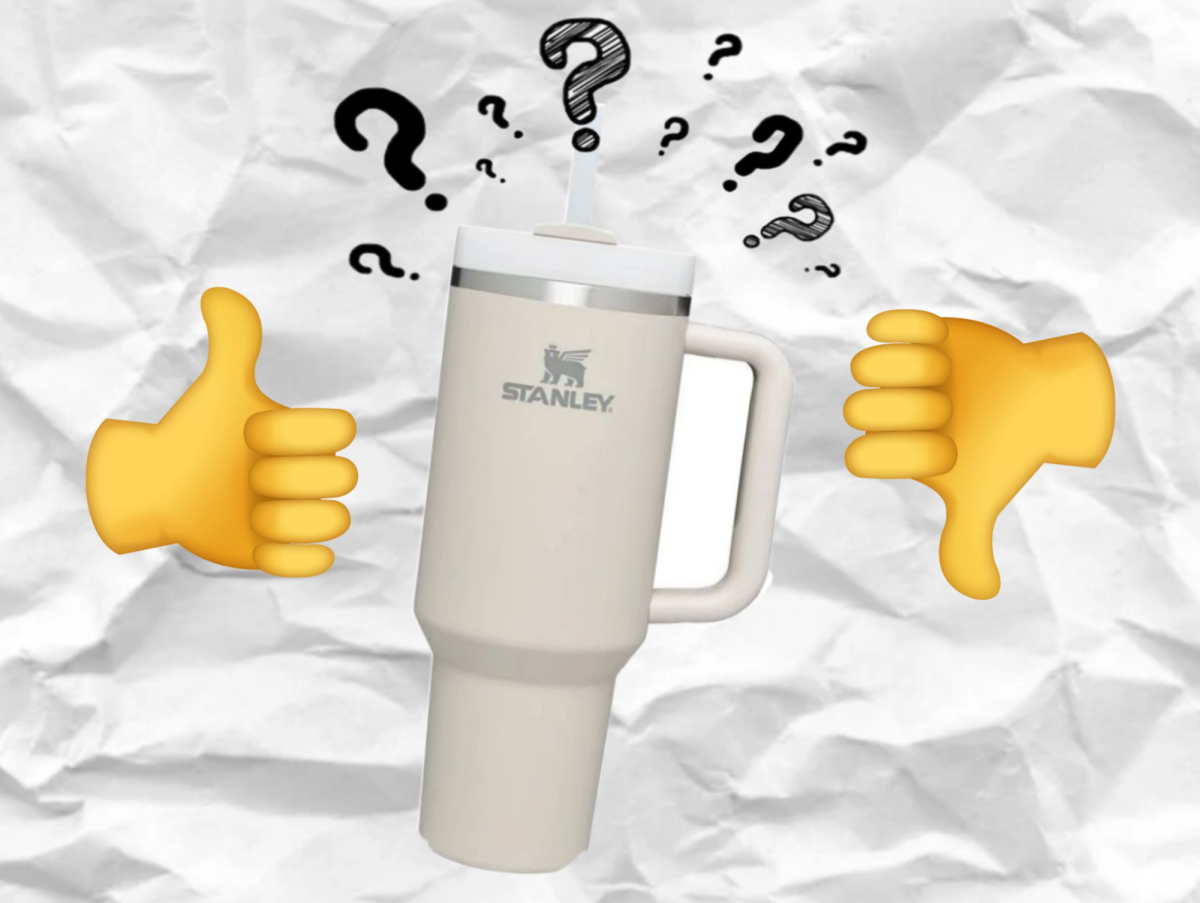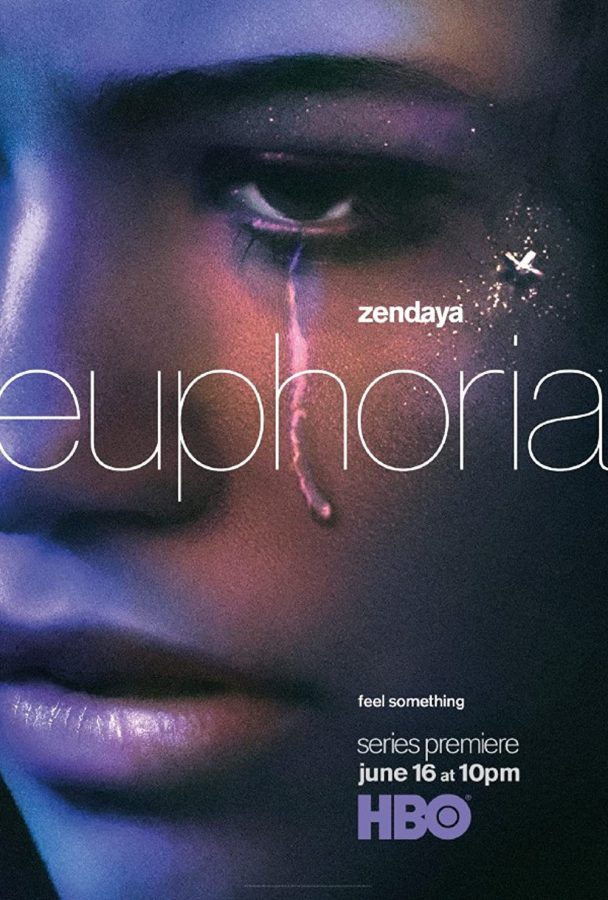Stanley cups are all the rage now. With a rainbow of colors, patterns and textures to choose from, there is a Stanley cup for everyone. Just about everyone has one, with sales being $750 million in 2023 alone. However, there is more than meets the eye with these seemingly unsuspecting cups, and its trend setting predecessors. From campouts at stores, ransacked shelves and health concerns, what else is a part of this must have cup?
Stanley cups are far from the first water bottle craze. Most are familiar with Hydro Flask, Yeti, Starbucks cups and more recently Owala bottles. These water bottles had their eras of fame and internet significance. A prime example is hydro flasks being seen as part of the VSCO girl aesthetic. However, Stanley cups are on an entirely different level as a pure cultural phenomenon.
Stanleys are not just a functional cup, but an accessory and statement piece for many people. A quick look at social media and you’ll see people coordinating outfits to their Stanley, accessorizing the cup with holders and snacks, or with cabinets full of just Stanleys. One viral video of a Stanley cup was @Danielle’s who showed it surviving unscathed in a car fire, which resulted in the CEO of the company reaching out to buy a new car for Danielle. A personal favorite is creator Joeymyheck using his “solar death ray”, a TV screen turned into the most intense magnifying glass for melting things, into smithereens. When aiming it at a Stanley cup, the cup held up surprisingly well.
Although Stanleys are clearly not fragile, one concern that has been brought up is them containing lead. Stanley cups do indeed contain lead, but so do most thermal bottles. The lead is part of the cup’s insulation, and for it to pose a threat, the cup must be damaged. This is still troubling for most consumers, who would rather avoid any risk. Hydro Flaskrecently took this and used it as an opportunity to advertise that their bottles do not contain any lead unlike their competitors.
Lead isn’t the cup’s most notable controversy however. In December, Stanley ran special edition Galentine’s day (February 13th) cups at Target. This resulted in people camping out overnight at Target. When the store opened, a Black Friday-esque mob of people rushed into the store to snatch their prize before anyone else could take it from them, the cups sold out in less than 5 minutes. To buy one now, you’re looking at shelling out about $100 for a cup.This upselling pairs with the other point of criticism, overconsumption.
Every trend has its collectors and Stanleys are no different. Creators such as All_a_things and 4rayah.sunshine on TikTok can be seen with walls and cabinets full of Stanleys and other drink-ware.
The problem with collectors has less to do with the habit of collecting, but the fact it’s Stanleys or water bottles in general. Stanleys are supposed to be a sustainable option for drinking water. Its origins were promoting to blue collar workers as a water bottle that will last them years. It’s also meant to be environmentally friendly, reducing plastic waste and providing quality that should last a lifetime. This is advertised on the main page of their website.
Collecting, however, defeats the purpose of having a single long-lasting bottle that combats overconsumption of materials, as a single person is now housing an exorbitant number of cups just for themselves.
A counterpoint to this is that if the company is ethically responsible, then buying from them is inherently good. If you support their work or products, then you are just giving your money to a good business.

Senior Karina Castillo is part of the girls basketball team, so good hydration is major concern as an athlete. She opts for an Owala bottle which keep her drinks cool without spillage, which she found to be a major issue with Stanley cups she tried.
Castillo expressed her thoughts on Stanley’s overconsumption vs. supporting good business and had this to say, “I think it’s both. I think it’s beneficial or not. Because on one side, yes, you’re not using these chemicals like plastic water so it doesn’t contaminate the environment and the people,” Castillo said. “But it’s bad because you have these materials that you’re using to make these water bottles that you keep using and then you’re wasting resources on bottled waters that you can just reuse one time and then don’t have to buy again.”
This isn’t to say that you can’t have multiple, you should always have a backup water bottle. However, as with any purchase, we all need to be informed consumers. Knowing what you’re getting out of a product and how to best use it is important in every aspect. Even researching to find if the company’s values and practices match your own is critical to making the best choices as consumers.
“I feel like they can look up the consequence of buying one, how do you make them, what resources are you taking from other things you can do that are more productive for you and for the community,” Karina remarked.
Castillo also added that phones follow a similar trend of overconsumption. She said “People are just buying phones after like a year or six months or whatever… My mom just bought her [new phone], has to get her second replacement in like a few months and I’m like, man, this is…..” This sentiment is shared by many and shows that Stanleys are hardly the only example of overconsumption in our culture.
Stanley cups are not for everyone, but they’re the perfect thermal cup for a lot of people. The most important thing is to know what you’re getting into and to be aware of how content on social media may affect your own purchasing habits. Trends are fun but the results can be unexpected and adverse. Getting good products doesn’t have to be headache; if you are aware and think critically about how you consume them, you’ll be prouder of your purchases and most likely your wallet too.If you do the research, you can have your Stanley and drink it too.








